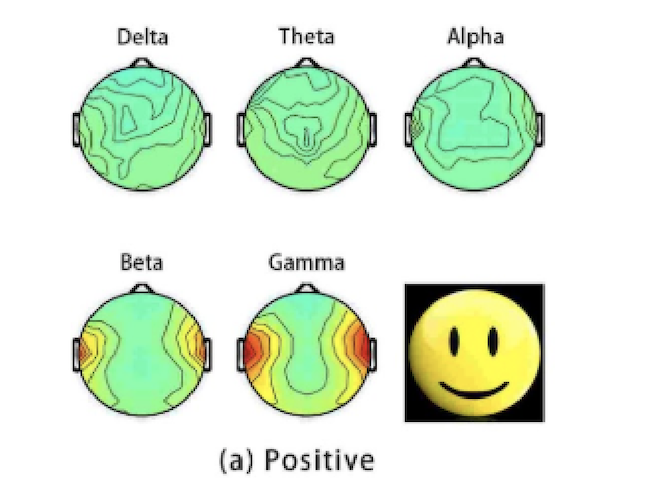Decoding Emotions from Brain Signals
Artificial Intelligence
Link to Paper
I was the lead programmer for this project, and I built, trained, and tested the algorithm. Despite playing such a large role in human interactions and decision making, emotions are not well understood. When we experience emotions, the neurons in our brains propogate electrical signals that can be detected by electroelcephalography (EEG) caps placed on the scalp. Being able to classify and quantify an individual’s emotions has useful applications in many fields, such as medical treatment and commercial product testing. I trained a Long Short-Term Memory (LSTM) recurrent neural network to find correlations between EEG data and self reported emotional scores. Could we create an accurate and efficient method of decoding electrical activity into quantitative emotional values? We found that valence scores, measures of the degree of happiness, predicted by the neural network matched somewhat closely with the actual valence scores given by the participants. The trained LSTM neural network achieved a reasonable accuracy in predicting valence scores given EEG signals.





